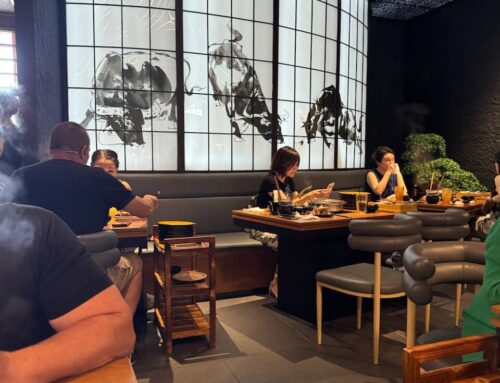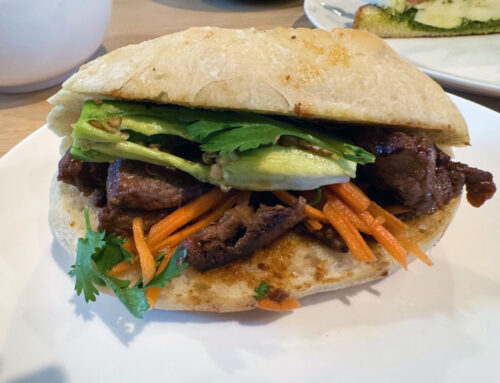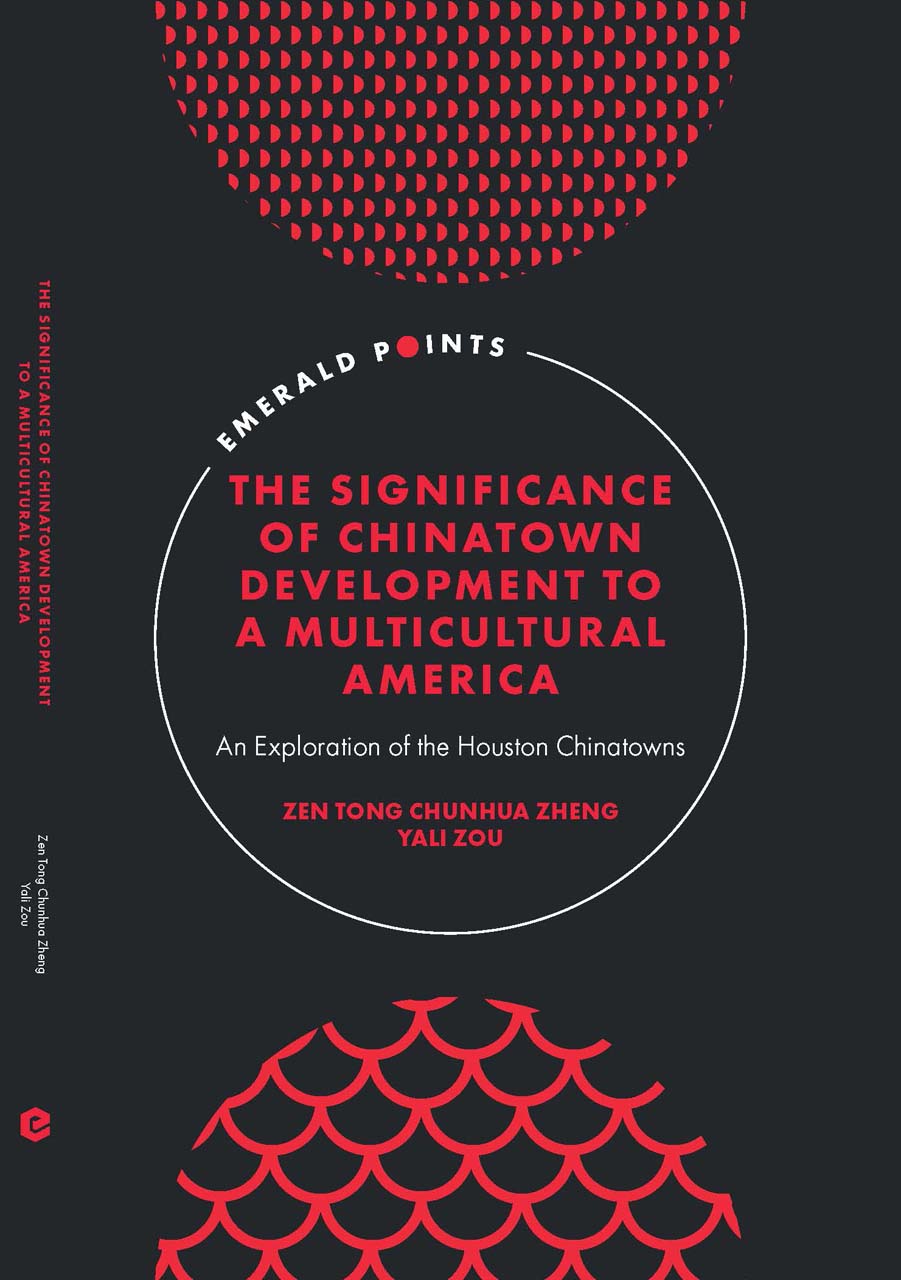
Driving through Southwest Houston, you are greeted with a vibrant tapestry of cultures and thriving international businesses, prominently featuring what is commonly known as Chinatown. This bustling area is a significant contributor to the multicultural fabric of our great city.
However, unbeknownst to many, this Chinatown is not the original Chinese community in Houston. It was proceeded by a historical Chinatown on the east side of downtown Houston. Today, however, the traces of the original Chinatown remain only in a handful of crumbling buildings and worn signs, as its vibrant community has mostly vanished.
Now for the first time, the near-century-old history of Houston’s two Chinatowns has been crystallized in a new book.
Collaborated between Zen Tong Chunhua Zheng and Yali Zou, the groundbreaking book, The Significance of Chinatown Development to a Multicultural America: An Exploration of the Houston Chinatowns, has been published by the UK-based scholarly publisher Emerald Publishing and distributed globally.
Introducing the Author: Zen Tong Chunhua Zheng
Zen Tong Chunhua Zheng is a communications professional with a lengthy, distinguished journalistic career. The book project was inspired by decades of his firsthand experience with Houston’s two Chinatowns since his arrival in Houston from Eugene, Oregon, where he earned a master’s degree in journalism and communication.
Zheng’s career as a journalist included roles as managing editor at Southern News Group in Houston and 12 years as an editor and reporter at the Houston Chronicle, where he extensively covered Houston’s multiethnic communities including Chinatowns – in addition to various other beats.
In the past decade, Zheng has worked in communications and public relations, currently directing marketing, communications and community engagement at Houston Community College.
Zheng’s extensive professional and academic background and engagement with the Asian American communities offers a nuanced perspective on the dynamics of these Chinese neighborhoods.
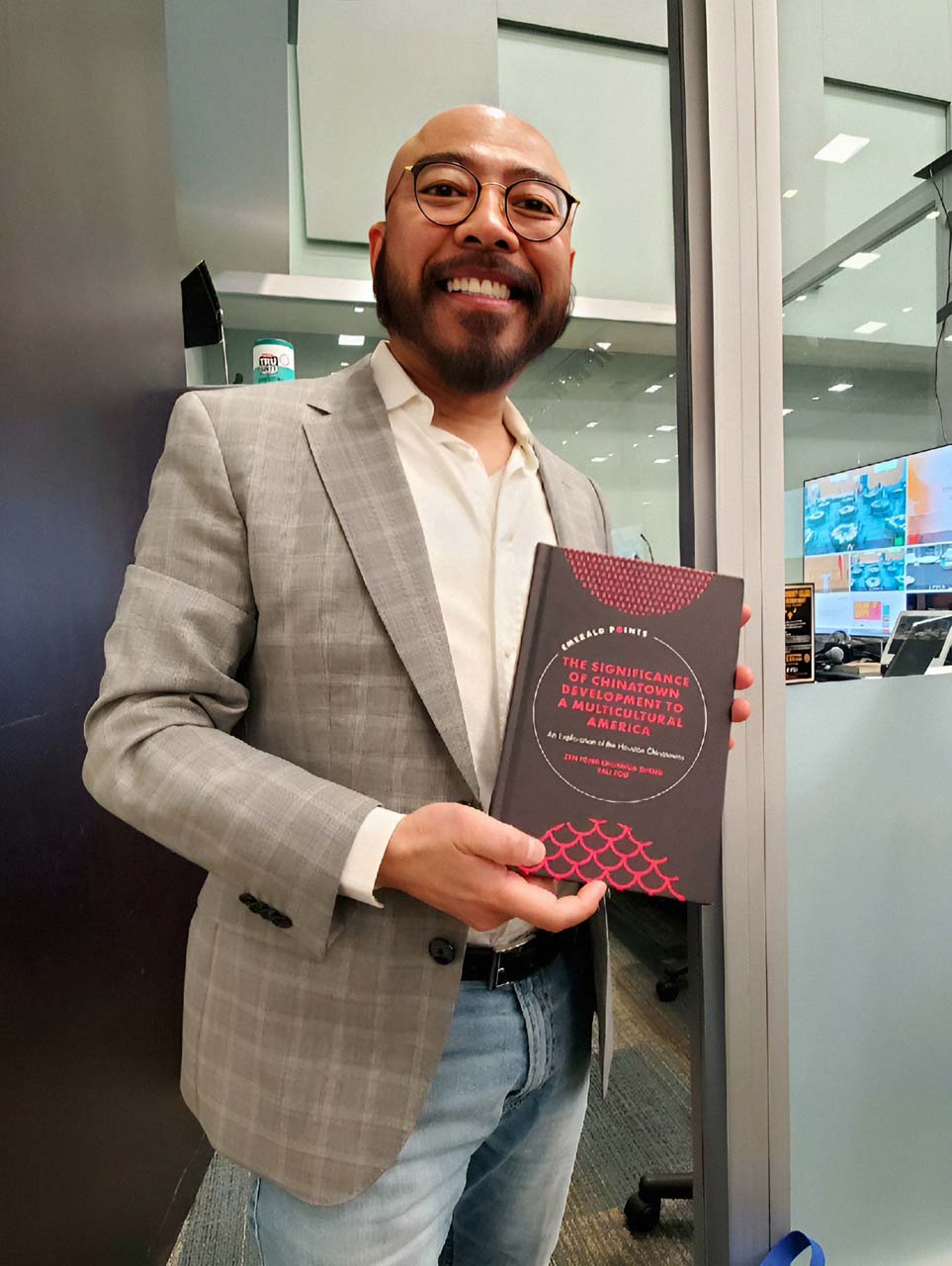
The Co-Author: Yali Zou
The co-author, Dr. Yali Zou, is the director of the Asian American Studies Center at the University of Houston, which initiated the book project. For his journalistic excellence and extensive professional engagements, the Asian American Studies Center invited Zheng to lead the Chinatown study.
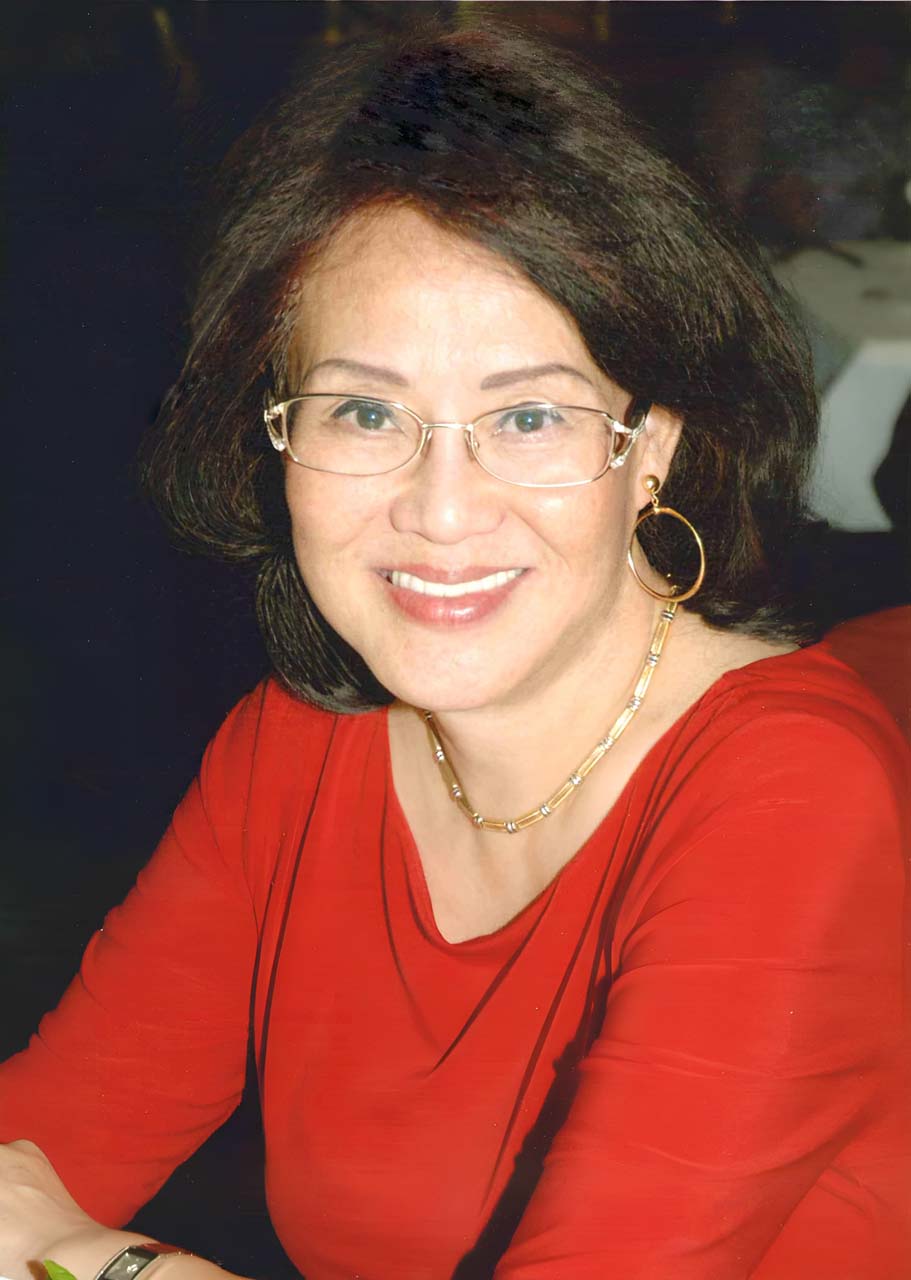
Zheng says that the project would not have been possible without the sponsorship of the Asian American Studies Center and the collaboration of Dr. Zou.
A Father’s Last Wish
One of the most poignant motivations for Zheng in completing this book was his father’s last advice before passing away. “Bring this study to fruition,” his father urged. These words fueled Zheng’s determination to see the project through, dedicating the book to his parents, especially his late father.
The Rise and Fall of Old Chinatown
Houston’s Old Chinatown was once a thriving community located in East Downtown. It was a hub of cultural and communal life for Chinese Americans, marked by iconic structures like the On Leong Chinese Merchants Association Building. This building, demolished in the early 2010s, was a cultural, social and business hub for the Chinese Houstonians, where festivals and community activities flourished.
However, various factors, including the construction of the George R. Brown Convention Center, led to its decline. The convention center’s establishment physically cut off several key access points, causing businesses to close and the community to disperse.
Zen reflects on the emotional impact of witnessing the erasure of Old Chinatown. “It felt like witnessing the erasure of a community,” he says, recalling the remnants of the demolished On Leong building and the vibrant life that once thrived there.
The Emergence of New Chinatown
In contrast, New Chinatown in Southwest Houston emerged in the late 1980s, driven by transnational investment and the resilience of the Chinese community.
Through decades of nonstop development, New Chinatown has grown into a bustling urban center spanning nearly 10 miles along Bellaire Boulevard today.
Thanks to the significant efforts and contributions of numerous individuals, organizations and institutions, Chinatown has transformed into one of the most attractive areas in Houston.
Contributors have included the Southwest Management District and its board chairman Kenneth Li, who, in his younger days, helped his uncle with his project to establish the first supermarket and shopping plaza in the neighborhood, which inspired more development in the years to come.
The Southwest Management District under Li’s leadership focuses on infrastructure improvements, maintenance, and beautification efforts and “has created an environment that attracts investors and residents alike, ensuring the area continues to thrive,” Zheng says.
Efforts of numerous organizations including the Southwest Management District have helped the Southwest Chinese neighborhood reestablish itself as the current, official Chinatown of Houston, integrating seamlessly into the city’s multicultural landscape.
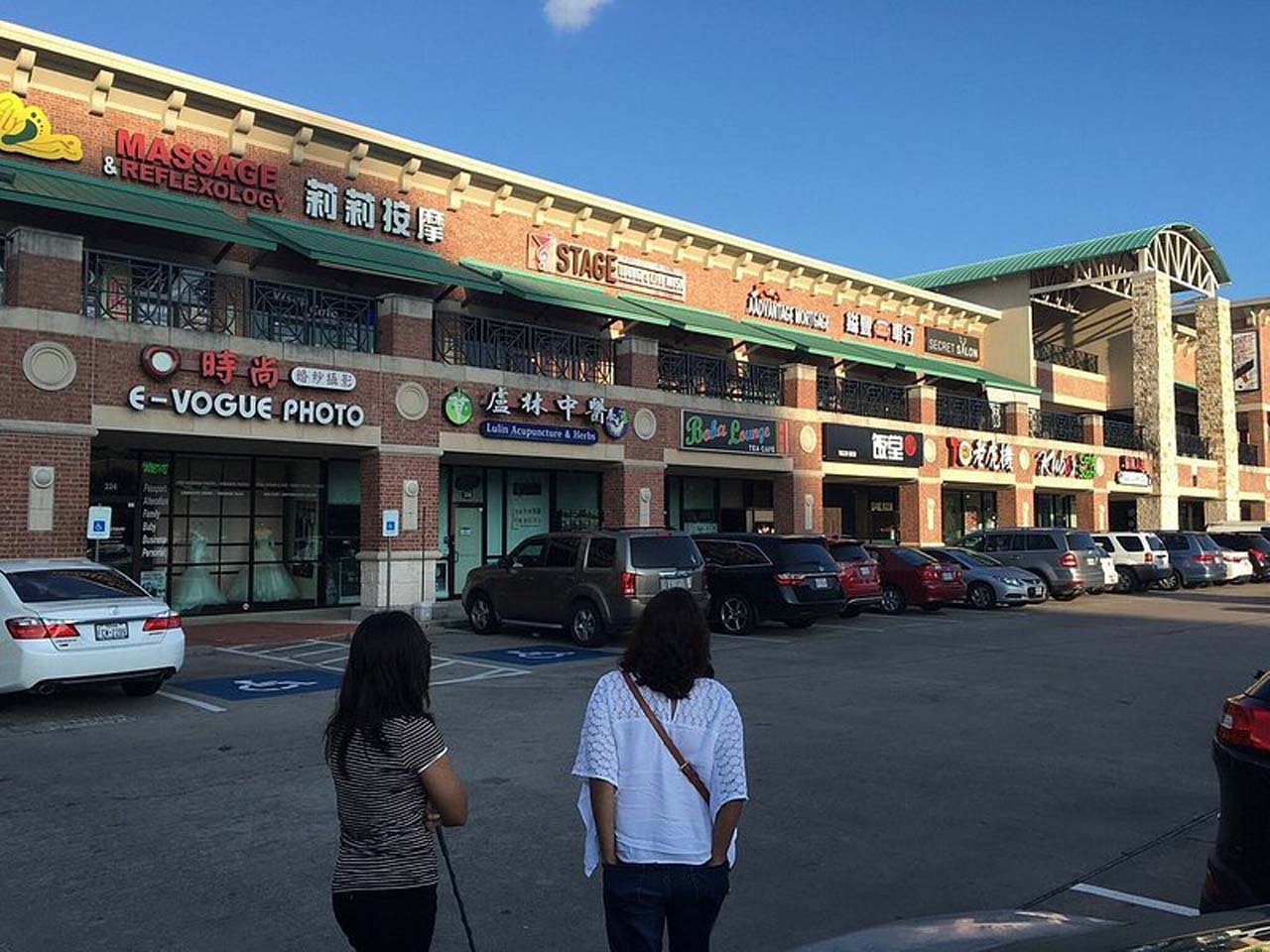
Where to Find the Book
The book, The Significance of Chinatown Development to a Multicultural America: An Exploration of the Houston Chinatowns, offers a detailed exploration of these two communities. It is available for purchase on the Emerald Publishing’s designated bookseller IndiePubs website or on Amazon. Emerald Publishing is renowned for its academic and scholarly works, ensuring that this book meets rigorous standards of research and documentation.
We encourage you to dive into this comprehensive exploration of Houston’s Chinatowns. By understanding the history and evolution of these communities, you gain a deeper appreciation for the rich cultural tapestry that defines our city. Purchase the book today and embark on a journey through time, learning about the resilience, growth, and vibrant life of Houston’s Chinese community.






